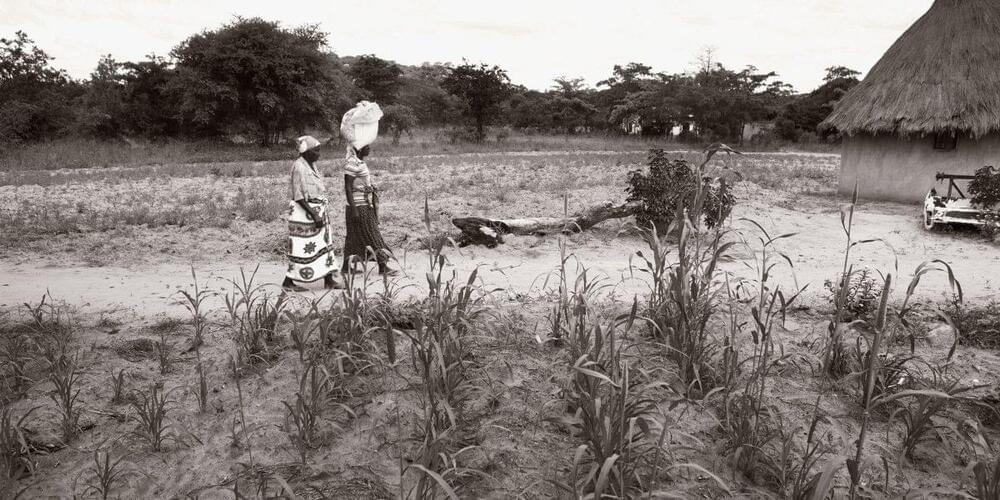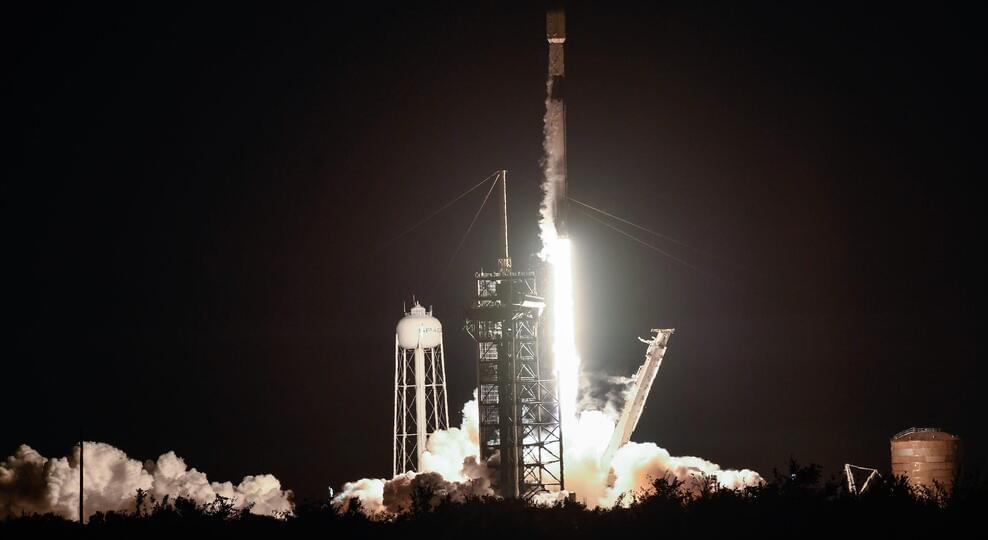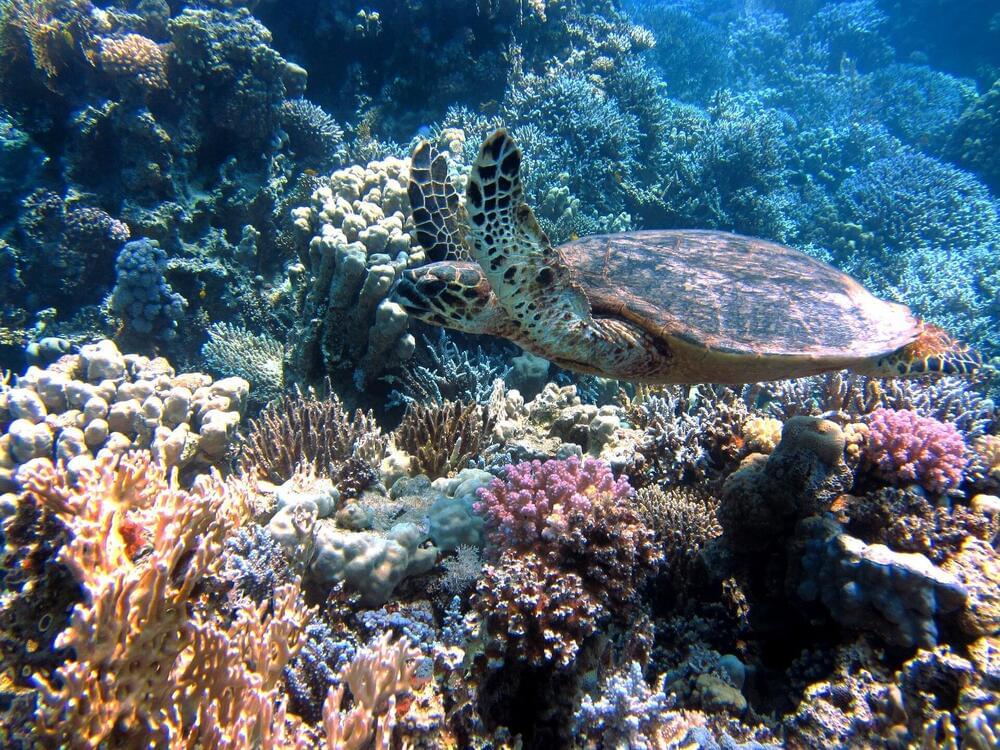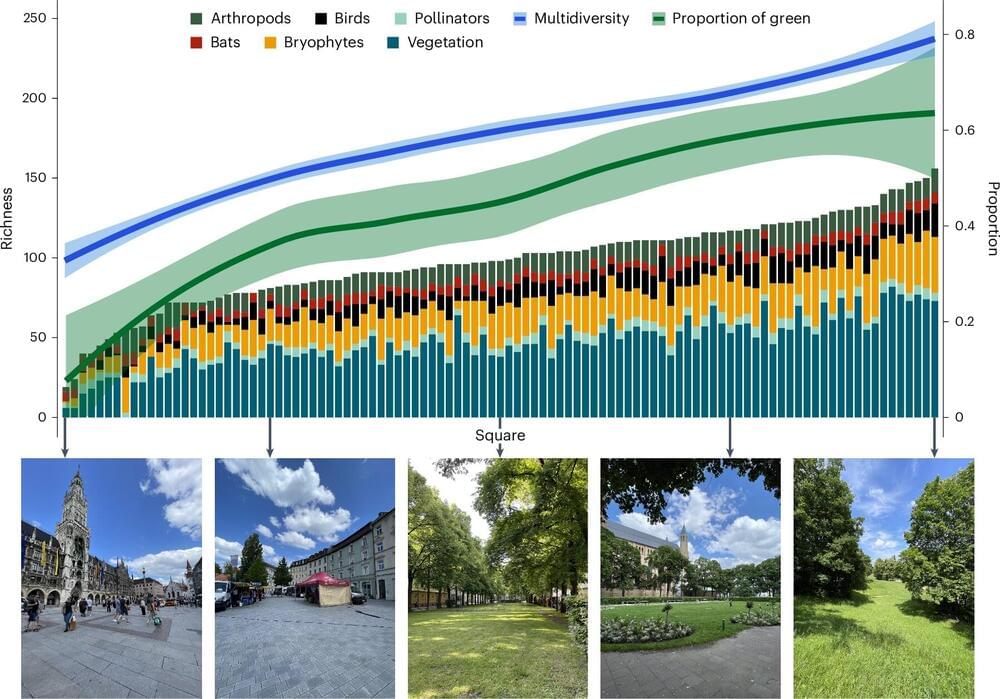Dec 2, 2024
Humanities Research Centers on Artificial Intelligence
Posted by Shubham Ghosh Roy in categories: climatology, education, law, robotics/AI
DEADLINE APPROACHING! The NEH program is accepting applications through Dec. 11, 2024. For more information, visit.
For organizations in areas affected by Hurricane Helene in FL, GA, SC, NC, VA and TN, optional prospectuses will be accepted until Oct 16th. The prospectus must use the Prospectus Template.
Continue reading “Humanities Research Centers on Artificial Intelligence” »


















